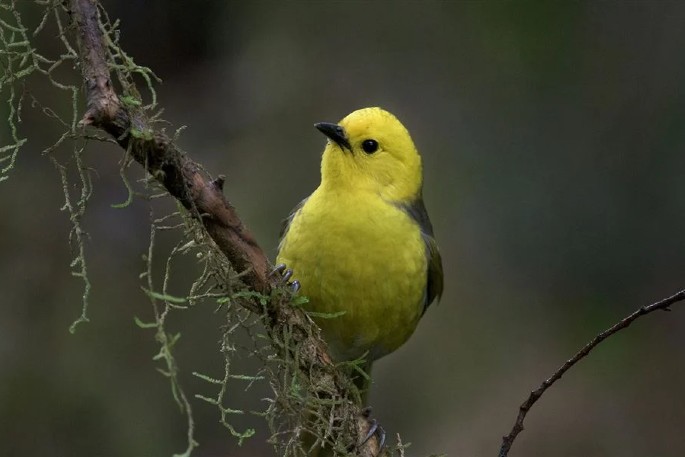This Content Is Only For Subscribers
There are glimmers of hope for New Zealand’s brightest native bird – the mohua/yellowhead – although its survival still hangs in the balance at many sites, recent monitoring results show.
Mohua, a Ngāi Tahu taonga species, was once one of the most common and noisy birds in South Island beech forests but today lives in small, scattered populations across about 5 per cent of its former range. Roosting and nesting in tree holes, the sparrow-sized bird is highly vulnerable to rats and stoats.
The Department of Conservation targets large-scale predator control to protect key mohua populations and monitors results for this at-risk species.
Monitoring in nine mainland forests last summer shows mohua populations increasing or stable at five sites, but in decline at four others, says DOC principal science advisor Graeme Elliott.
“We’ve seen small increases in mohua numbers in the Eglinton and Dart valleys in Fiordland and Aspiring national parks, which are the best counts in five years,” says Graeme.
“Small populations in Canterbury’s Hawdon and Hurunui valleys remain stable, and the mohua stronghold in South Westland’s Landsborough valley is still trending up despite a drop-off in numbers last summer.
“However, it’s a more sobering story in other areas, with mohua numbers in Otago’s Blue Mountains, the Caples valley, the Catlins and the Grebe valley in Fiordland continuing to decline.”
The results show predator control is making a difference but also reflect the challenges of keeping rat and stoat levels low enough for mohua to thrive. A combination of aerial 1080, trapping and ground-based toxins appears to achieve the best results.
“This year we’re planning aerial predator control operations at all our key mohua sites to protect them from the surge in predators next year, with the widespread South Island beech forest seeding forecast for this summer,” says Graeme.
“With their bright yellow head and breast, mohua are our most colourful forest birds, found nowhere else in the world. We need to do all we can to keep the chattering of this songbird in our forests.”
In the Landsborough valley, predator control using aerial 1080 and trapping has seen mohua go from the brink of extinction to common in the past 26 years. Numbers dipped last year after a beech seed-fuelled rat plague in 2023 took its toll before predator control resumed in January 2024.
DOC has recently changed the timing of predator control operations when beech forests seed – targeting rodents before seed hits the ground and again after it’s gone, when they are more likely to eat toxic bait – which is showing improved results.
Controlling predators remains one of DOC’s key activities to protect nature. People can help protect native wildlife by setting traps in their backyards, joining a local trapping group or donating to predator-free initiatives, as part of New Zealand’s Predator Free 2050 goal.



